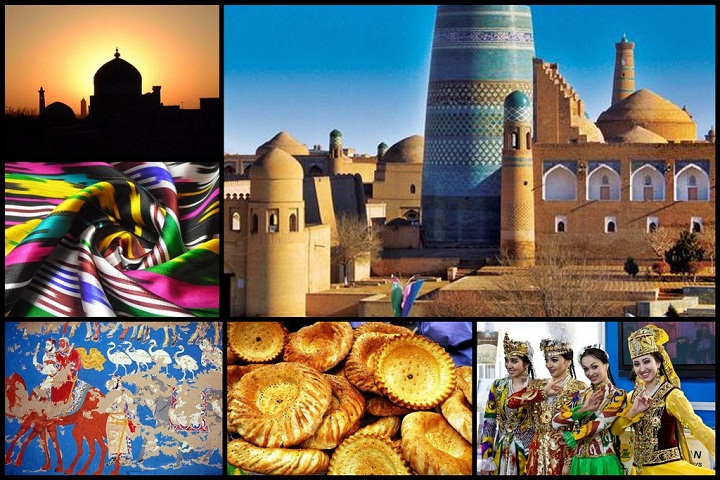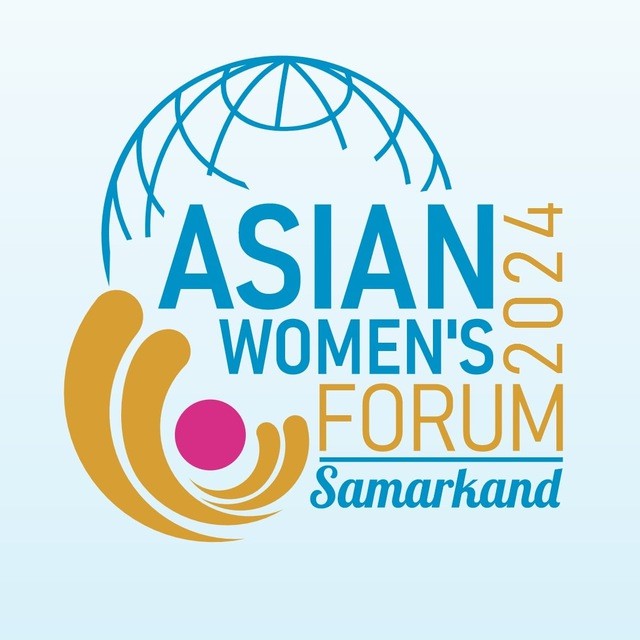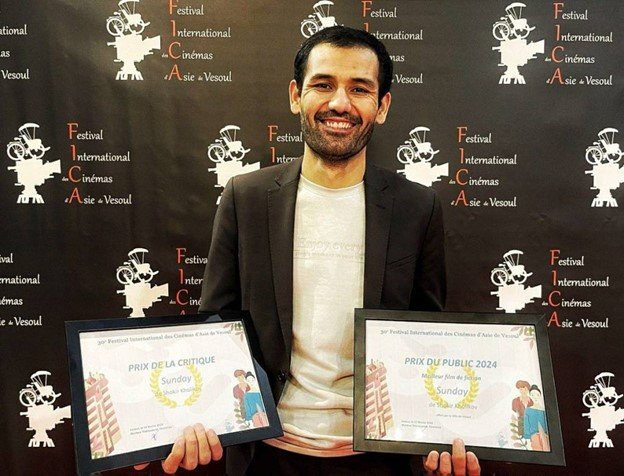Uzbekistan Today creative team continues to acquaint readers with the best projects presented at the exhibition of contemporary art.
The venue to gather unique designs of young artists this time around became the Tashkent House of Photography. Here, visitors could see ‘Mechanism. Migration’ by Diyor Razikov, ‘Great Change’ by Nigora Sharafkhojaeva, ‘Theory of Unity’ by Nuriddin Rasulov, and other no less interesting works. One of them – a project consisting of five video and five installations, ‘Kitchen’ by Aleksandr Nikolaev, repeated participant of Venice, Tashkent, Baku, and Moscow Biennales, as well as many international exhibitions.
This project is the artist’s reflections on contemporary society. Visitors could enjoy five installations complimented with video art.
Every people has its own unique identity – culture, mentality and, of course, cuisine. It largely reflects the tradition and identity of the people. Winged phrase “We are what we eat” reflects not only the various national dishes, but also some aspects of life, way of living, relationship to the phenomena of the modern society.
“Some objects, in my opinion, have become archetypes of everyday life, so they are placed in shop windows and presented as museum exhibits. For example, milk is sold in bоttles of Coca-Cola. The irony is that such a necessary product, like milk, is sold in PET bоttles under the well-known American brands Coca-Cola and Pepsi,” Aleksandr Nikolaev, the author of the ‘Kitchen’ installation, said.
Besides the brand milk bоttles, the visitors attention draw another object of the first installation, the board ‘Meat’, which shows numbered body parts of a cow. In fact, this is a guide to the butchers, who know the name of each of them, and its cost.
Another installation is dedicated to the traditional Uzbek tea drinking. Here are teapot, bowl, and plates, painted in traditional ‘Cotton’ style. The plates are filled with sweets and traditional novvot. Teapot is put on the US magazine Time, as like symbolizing the stretched pastime and leaving to a parallel universe, and life, the world’s problems, conflicts become more abstract and distant. You can drink tea with pleasure, carry on a conversation with like-minded people and treat sweets, enjoying only this moment.
But most of the attention attracted the place to prepare palov. The central installation devoted to this action, initially thought to be a performance. The author wanted to demonstrate the step-by-step preparation of palov. But thanks to modern technology the visitors had the opportunity to see this in the video, demonstrated on a tablet.
Initially, the impression was as if the installations are focused on foreigners, since for local people there was nothing unusual in these exhibits. But after a while you come to the conclusion that the exhibits make the capital residents to think over as well, and they start looking on familiar things afresh.
“I worked on installations for a long time. The idea incidentally, suddenly, then comes the understanding of how to do it,” says the author of the project. “I am a realist, and in the works I adhere to this direction, so my work I wanted to show the reality, ‘processed’ by the creative mind of the artist.”
In postmodernism a situation is possible, when the object is removed from reality and is placed in the exhibition space of the museum. Then it becomes a museum exhibit, acquiring artistic value.
Unfortunately, it does not turn common in Uzbekistan to ‘museumify’ the objects of modern art. But such forms of contemporary art as installation, video art, performance, are in need of evaluation and collecting, creation of museums and galleries putting on display the latest trends, logging the history and genesis of art. The formation of such art spaces is also necessary for educational purposes for schools of art and design that form the new aesthetics and outlook on the global ‘mainstream’ of various arts. The next generation should study the modern history, just as we studied the history of our predecessors.


























